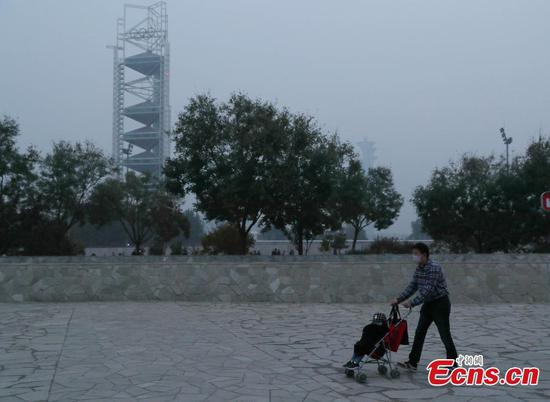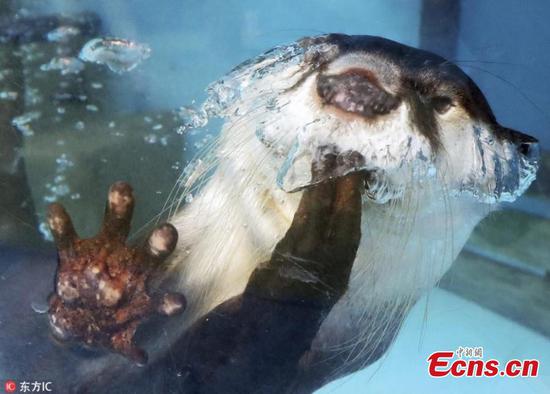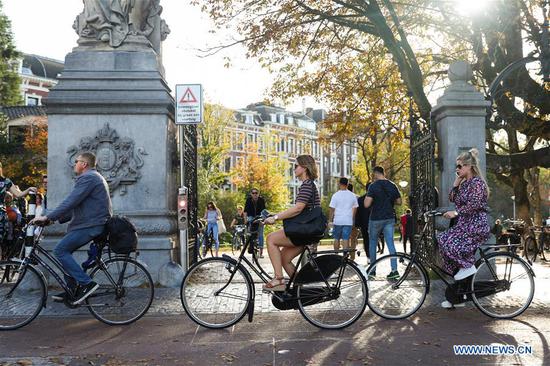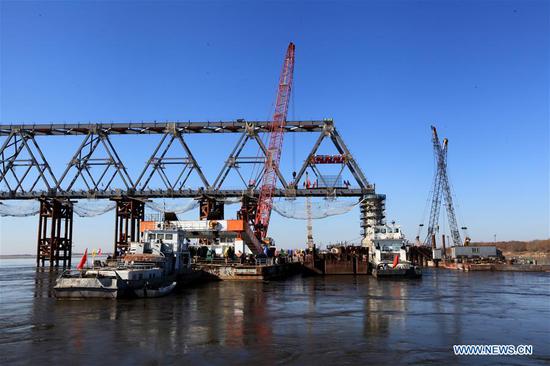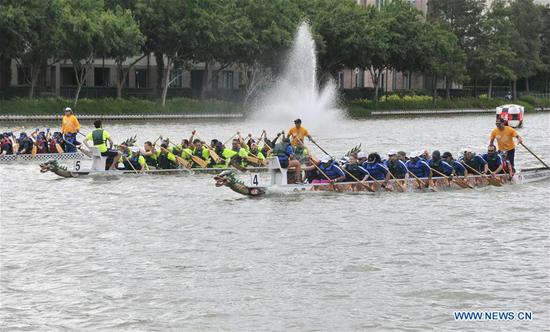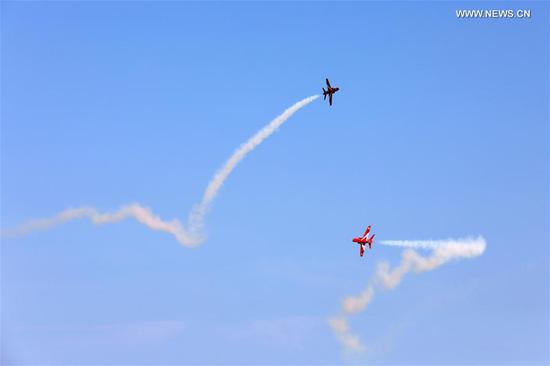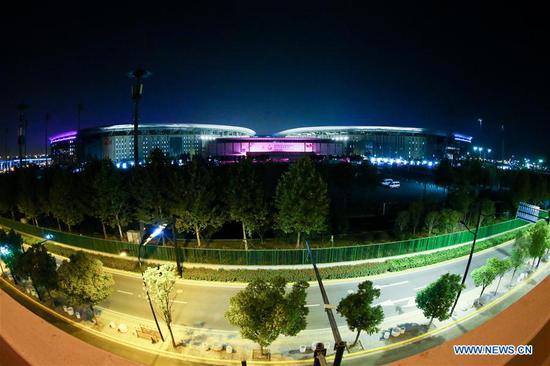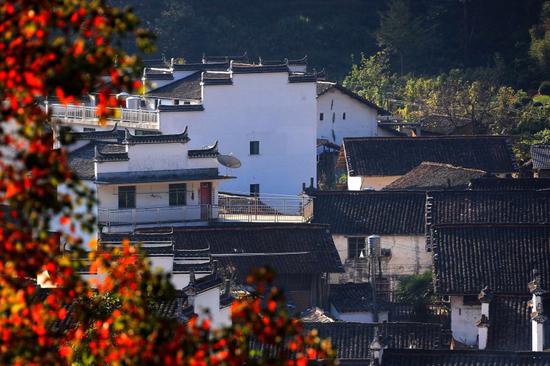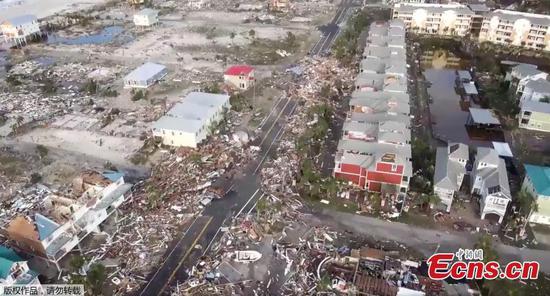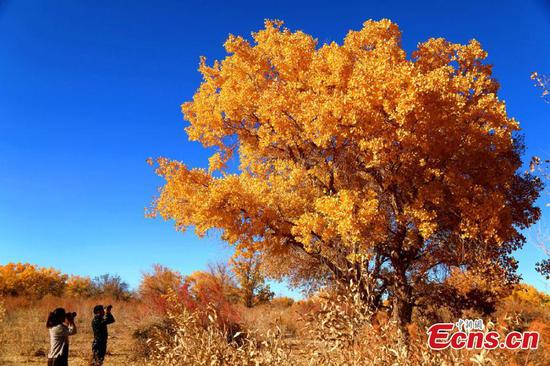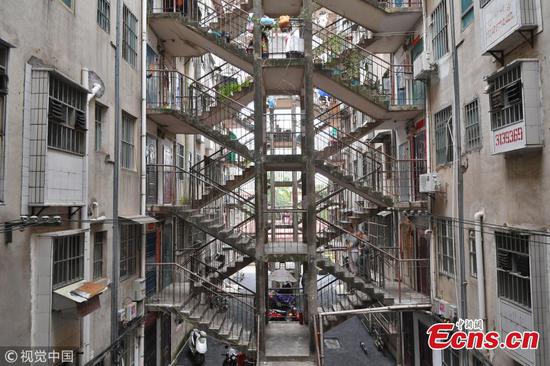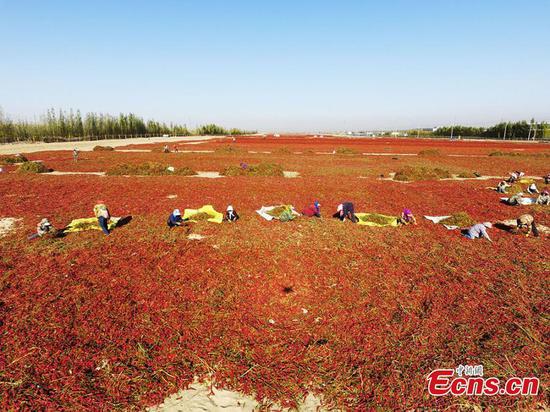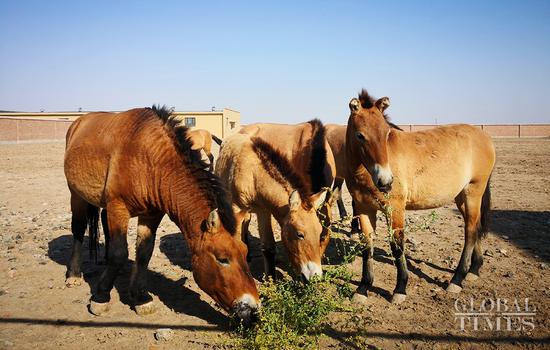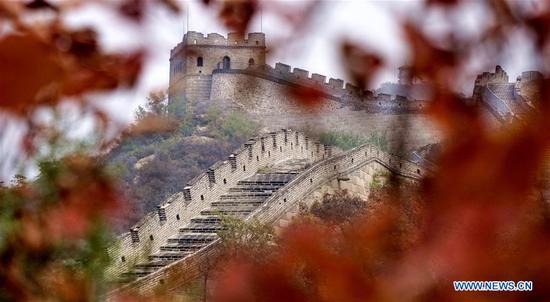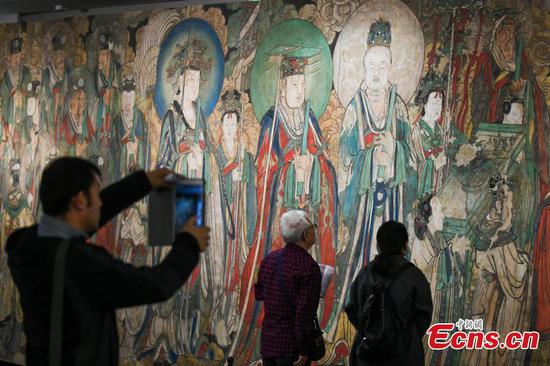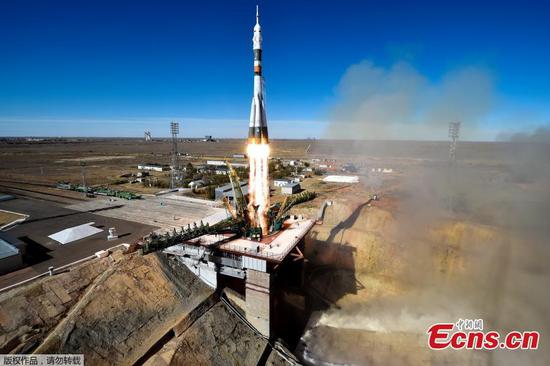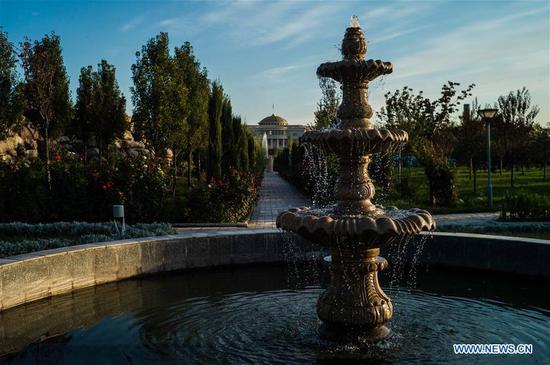Unfavorable meteorological conditions for the dispersal of air pollutants and pollutants transported from other region by wind are to blame for the ongoing air pollution in Beijing-Tianjin-Hebei region, authorities said.
While cold air from the north will help clear the pollution on Tuesday, moderate and short-term heavy pollution may linger in cities in southern part of the region on the day, said a national joint research center on air pollution causes and control.
From Friday night, the density of PM 2.5, a major air pollutant, in some cities around the Taihang and Yanshan mountains in the region began to accumulate because of pollutants transported from southwest and unfavorable conditions for pollutant dispersal, including high humidity and stable atmosphere.
The hourly average concentration of PM 2.5 in Xingtai and Tangshan in Hebei province and Beijing reached heavy pollution level successively.
As of 8 pm Sunday, Tangshan saw the highest daily average PM 2.5 density of 106 microgram per cubic meter on Saturday. Baoding saw the highest hourly average concentration of 164 mg/cu m at 1 am on Sunday, said the center.
"It has been regular that Beijing-Tianjin-Hebei region is hit by air pollution after the National Day holiday," said the center in an online statement, adding the pollution this year came much later than previous years.










